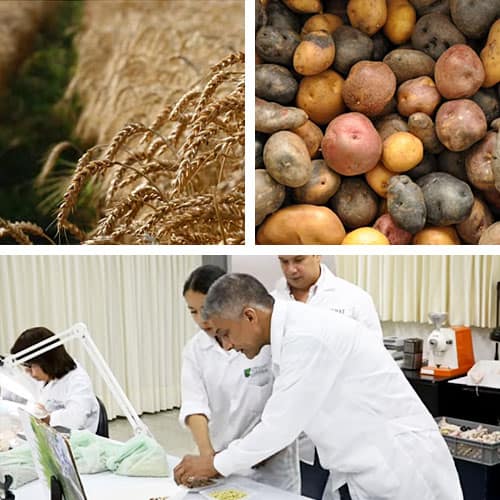A global community facilitating open dissemination of information about plant genetic resources.
The DivSeek International Network is a global community that connects, combines and communicates expertise among stakeholders engaged in the management1 and characterization2 of plant genetic resources. DivSeek comprises leading researchers and practitioners drawn from a broad base of academic and research institutions, government agencies, and inter-governmental organizations around the world.
DivSeek’s key role is to facilitate and encourage the open dissemination of information about plant genetic resources and to promote benefit-sharing derived from their use, while respecting indigenous knowledge and the international treaties and conventions established to protect them.
DivSeek International Network Inc. was incorporated in 2018 as a Not-for-Profit in Canada, hosted by the Global Institute for Food Security (GIFS) at the University of Saskatchewan. It is currently governed by a set of Bylaws which outline the framework for the organization, consisting of:
- The Members, comprised of representatives of member organizations.
- The Board of Directors, who set the strategic direction and oversee the implementation of Goals and Objectives.
- The Executive Director, who operationalizes and facilitates the implementation of the Objectives and Activities.
Guiding Principles:
- Scientific rigor, innovation and integrity
- Respect for biodiversity and associated traditional and indigenous knowledge
- Social acceptance and empowerment
- Inclusiveness, collaboration and open access
Footnotes:
1 Management of plant genetic resources (PGR) includes but is not restricted to the collection and acquisition, storage, distribution, multiplication, documentation and exchange of PGR-related information, and participation in the development and implementation of the legal framework regarding access and benefit sharing.
2 Characterization of PGR includes data encompassing provenance, genetic and increasingly extensive phenotypic descriptions, and requires the operation and advancement of an accessible and interoperable bioinformatic infrastructure to store and retrieve information on PGR.

